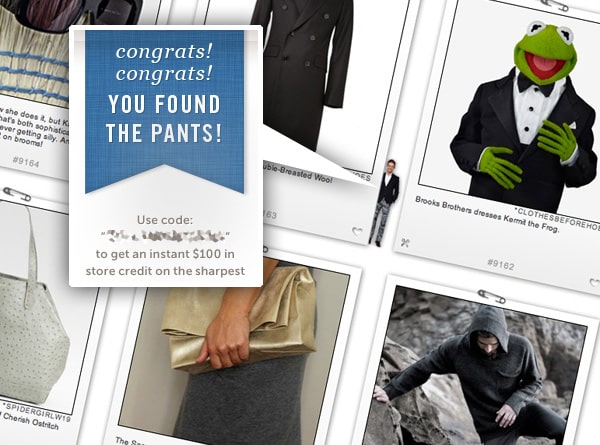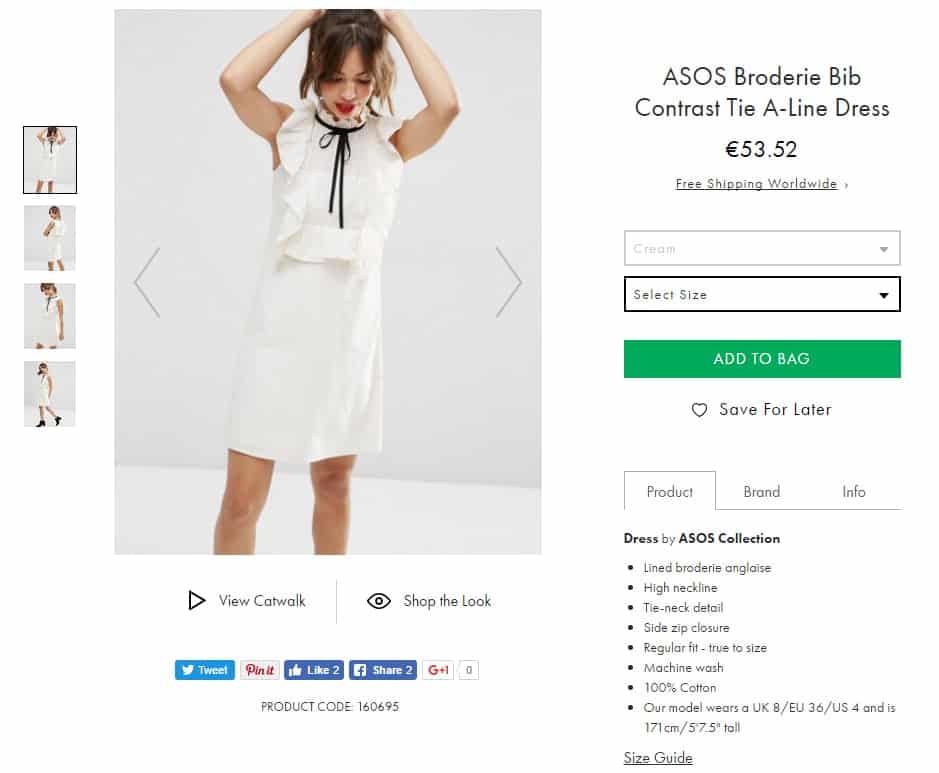If you find yourself having difficulties getting visitors to buy from you and are not selling as much as you would like to, chances are you are not addressing the online shopping pain points of your potential customers.
Online Shopping is undoubtedly on an upward trajectory. But, here’s the kicker: While 43% of sales are influenced by online, online sales account for only about 9% of retail. It’s still an impressive figure, but it also shows that there’s huge room for improvement. There are still groups of online shoppers who refuse to buy online – and your great products, competitive prices, or easy check out have little to do with it.
So, what’s stopping them and what can you do?
1) Lack of choosing support
It’s a common perception that having a large assortment of products is key to online domination. However, psychology experts suggest that choosing between a large number of products can be physically exhausting. Offering too many choices without any choosing support is a source of great consumer frustration that you have to be mindful of. Once your shoppers are stressed out, there’s every chance that they won’t choose anything at all.
Solution:
It’s crucial to always consider the mind and purchase path of your customer. Many consumers, especially millennials, shop online not knowing what they want exactly, but they know they want it fast. It’s your chance to step up as passionate and knowledgeable expert who helps them discover products they’ll love and offers them ways to easily and intuitively pick the product that’s right for THEM.

Example: Sons Speaker Selector.
Digital Advisor at Sonos – By offering an interactive product advisor, Sonos makes it easy for shoppers to figure out which sound system is best for them in a few steps
2) It’s #complicated…
While shoppers are attracted to complex-looking sites, they are increasingly frustrated by complicated site navigations, overwhelming options and irrelevant details. Studies by Forrester Research estimate that approximately 50 percent of potential sales are lost because your visitors can’t find what they are looking for. Your visitors shouldn’t have to learn how you want them to navigate your site, it should come naturally.
Solution:
Is your navigation and site structure simple, yet informative? You can use heat map tools to understand what your shoppers are trying to do and reduce the number of clicks it takes them to find the products they’re looking for. Remove all the clutter that can distract your visitors and allow them to get a good feel for your company and the products you’re selling.

Source: www.eyeproved.com
An effortless and intuitive navigation not only reduces shopper frustration, it’s also a great confidence builder. Simply put, make them fall in love with you and your store on first sight.
3) Boring experience
It may come to you as a surprise, but the attention span of an online shopper isn’t any shorter than that of any other shopper on the high street. The key difference: Once online shoppers are distracted, uninspired or bored, they’re gone.
Solution:
Create rich, enjoyable adventures that resonate with today’s impatient shoppers. Integrating approaches and technologies that make shopping more interactive and engaging, such as:
- gamification techniques
- interactive product guides
- social shopping
are great ways to sustain your shopper’s attention.
And, remember to always design your website with speed in mind. Not all customers have access to the same high-speed Internet. Kiss metrics reports that 25% of visitors will abandon your site if it takes more than 4 seconds to load.
Example: Bonobos found success by launching an online Easter egg hunt campaign. The retailer hid male models dressed in their signature khaki pants on several partner sites. The first 50 people to find the images each day were awarded with a $25 – $100 credit and free shipping. Bonobos was one of the first to marry gamification and shopping in a compelling way.

4) Missing product information
Consumers hate dealing with returns just as much as retailers or brand manufacturers do. They refuse to buy a product online, if they cannot capture it mentally or cannot imagine how it will look like once unpacked.
Not offering detailed product information that address the shopper’s questions about a product is a crucial mistake. It reduces your trustworthiness and triggers your visitors to leave your store in a hot second. According to a Forrester report, 45% of US customers are likely to abandon an online purchase if they can’t find a quick answer to their question.
Solution:
To avoid ticking online shoppers off, help them assess your product properly and give them all the information they need to feel comfortable purchasing your product. Use the same structure and spec labels for similar products to help your customers compare and decide. Remember: Consistency is key.
Example: Experience-based descriptions and Specs information of iPad Pro at apple.com

5) “Do not touch”
Humans are tactile beings and sensory experiences are a fundamental part of their shopping experience. Not being able to physically try out and touch a product is probably one of the biggest cons of online shopping. To make up for this disadvantage, online retailers have to go the extra mile and sell an experience, not just a product.
Solution:
Entice your shoppers with compelling product descriptions that highlight the benefits of each feature and appeal to their imagination. The best product descriptions go beyond telling shoppers what the product is and instead explain why it’s great for them. Describe how the product feels, how it helps them solve a problem, save time, or how it makes them happier. Complement the text with photos, graphics and videos. Entertain, not just inform.
Example: Fashion juggernaut ASOS allows shoppers to watch unique ‘catwalk’ videos to to better understand how long the garment is, how it is cut, how it fits, and how it moves – ultimately, helping shoppers make better purchase decisions.

81% of customers say that they will buy from a business again if they were satisfied with the experience. So yes, going that extra mile for your customers and addressing their pain points will certainly pay off in one way or another. Conversions happens when you get the basics right and go beyond simply putting products out on display.
Subscribe to our FREE newsletter and get new articles straight to your inbox!
Join over 70,000 people who want to stay inspired.




